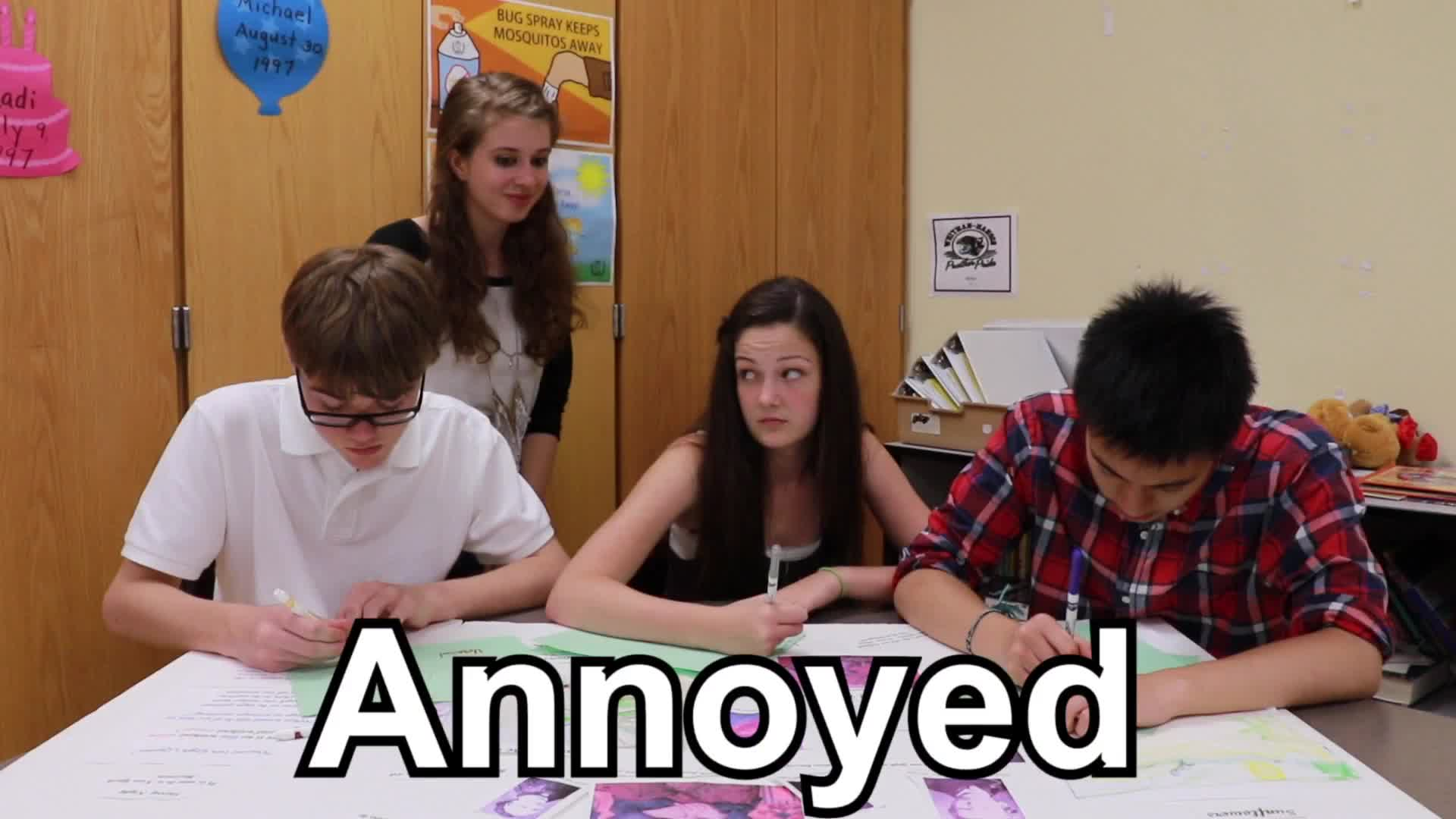
Introduction
In special education, identifying and addressing target skills is crucial for students’ academic success, social interactions, and overall wellbeing. This blog post focuses on creating effective Individualized Education Program (IEP) goals based on a specific target skill and offers strategies for implementation.
Understanding the Skill of Reading Social Cues
The target skill, reading social cues, plays a significant role in students’ ability to engage in appropriate social interactions. By accurately interpreting cues, such as body language and facial expressions, students can determine the right time to join a group conversation or activity. This skill directly impacts their learning, social interactions, and overall wellbeing.
The Role of Specialists
Various specialists can support the development of reading social cues in students:
- Speech-Language Pathologists: They can help students understand non-verbal communication, such as body language and facial expressions.
- Social Workers: They can provide opportunities for students to practice social interactions in different settings.
- Psychologists: They can help students develop strategies for coping with social challenges and improve their social skills.
- School Counselors: They can offer guidance on fostering positive social relationships and navigating social situations.
IEP Goals for Reading Social Cues
Here are specific SMART IEP goals to improve reading social cues in students:
- Goal: The student will accurately identify appropriate times to join group activities or conversations in 80% of observed opportunities.
- Strategies/Activities: Role-play scenarios, social stories, and visual cues to practice recognizing busy and non-busy groups.
- Goal: The student will demonstrate appropriate initiation of conversation with peers in 4 out of 5 observed opportunities.
- Strategies/Activities: Teach conversation starters, practice active listening, and use visual reminders to engage in appropriate conversations.
Implementing and Measuring Progress
Here are some tips for implementing these goals and measuring progress:
- Collaborate with specialists and educators to integrate goals into daily routines and activities.
- Use data collection tools, such as observation checklists or rating scales, to track progress.
- Regularly review and adjust goals as needed based on the student’s progress and needs.
Conclusion
Effective IEP goals for reading social cues can significantly improve middle school students’ social interactions and learning experiences. By implementing these goals and working with specialists, educators can support students in developing this essential skill. We encourage you to apply these IEP goals and explore more resources at Everyday Speech Sample Materials.





